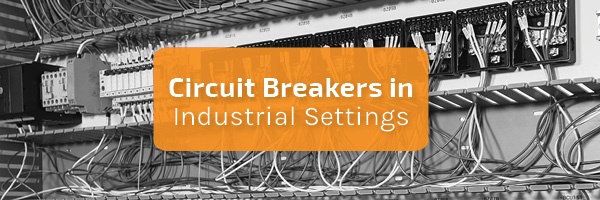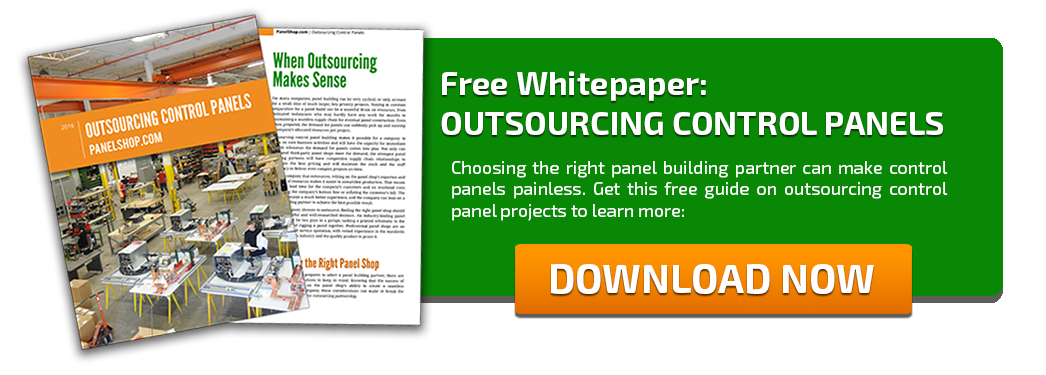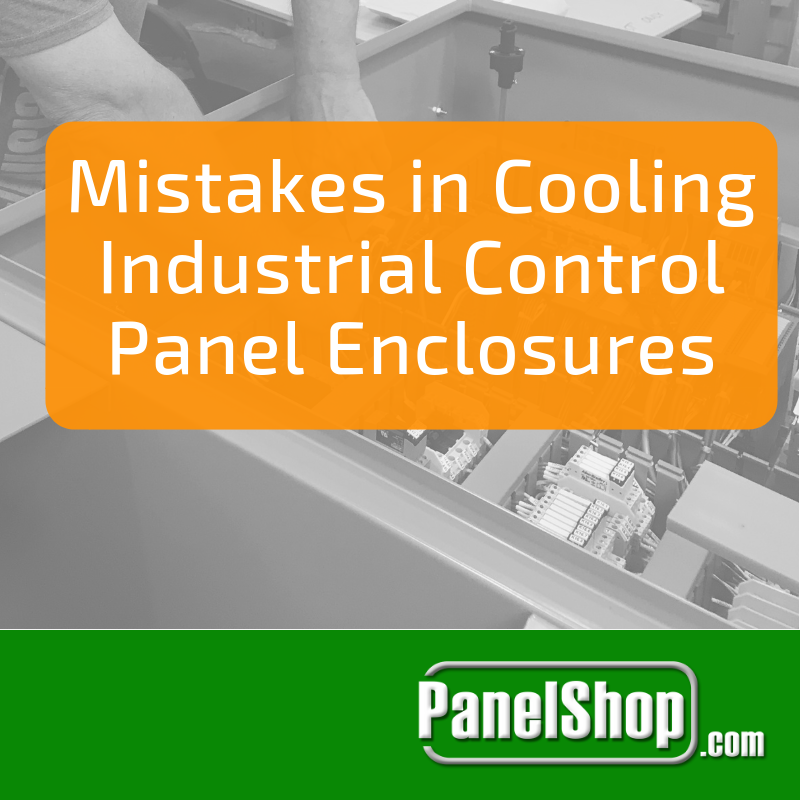
Electricity has been readily accepted for residential, commercial and industrial usage at an unprecedented rate. Today, almost all modern manufacturing plants rely on electric power as a utility for fabrication & production processes. Due to the level of complexity & interconnectivity of the current system, even seconds’ worth of offline time can result in monetary & material loss.
Machines that host sophisticated yet sensitive equipment are always at risk from abnormal harmonics, voltage surges and circuit faults. In order, to ensure their availability and operation, a safety mechanism is imperative.
Circuit breakers are science’s answers to the uncertainty around smooth power system operation. Basically, a circuit breaker is a fail-safe component of an electrical network capable of automatic operation that protects the system from hazards of overloading or any electric fault. Firstly, it detects any faulty condition in the system, then it operates and interrupts the underlying current. This isolates the system and gives the on-site engineer to carry out a diagnostic report.
Today, circuit breakers have found their way into residential as well as industrial side due to their effectiveness, quick operation and most importantly reusability. Unlike a fuse, which burns out, a circuit breaker can be used repeatedly. The types of circuit breakers available for industrial settings are increasing day by day, due to the irreversible losses attached to any given fault in a high-voltage environment.
There are various types of industrial circuit breakers that are implemented within an industry’s power system network.
Low Voltage Industrial Circuit Breakers
These circuit breakers have capacity similar to most high-end domestic circuit breakers and are optimum for low-level loads. Examples include:
- Miniature Circuit Breaker, which can withstand a current no more than 100A.
- Molded Case Circuit Breaker, which can be used up-to 2500A.
Magnetic Industrial Circuit Breakers
These circuit breakers make use of an electromagnet to open/close a circuit. The electromagnet becomes stronger with increasing current, and once it reaches a rated level, a “latch” closes, opening the circuit.
Thermal Magnetic Industrial Circuit Breakers
Most industrial distribution boards use thermal magnetic industrial circuit breakers for issuing a quick blockade to large surges in current, short circuits or long-term over current conditions, which are sensed by a bimetallic strip.
Medium Voltage Industrial Circuit Breakers
The circuit breakers can handle voltages between 1 & 72kV and are fabricated into metal-enclosed switchgear lineups, installed in outdoor substations.
High Voltage Industrial Circuit Breakers
These are designed for applications that require more than 72.5kV, i.e. industries that employ high-end motors for their processes. In addition, they are used within power transmission circuits, using principles of electromagnetism for operation. High voltage breakers have to deal with the uphill task of extinguishing the arc that is generated when high voltage connections are broken.
Industrial SF6 High Volt Circuit Breakers
SF6 Industrial Circuit Breakers are very popular for extinguishing high voltage arcs in industrial settings. These circuit breakers use the SF6 gas to open a given circuit, and are widely accepted due to their reliability in normal industrial conditions.
Circuit breakers are vital for the survival of an industrial power network. Being a part of the power system control apparatus, these breakers must be kept within proper enclosures along with other equipment such as PLCs, relays, controllers, etc.
The best way to guarantee nominal operation and safety of equipment & workforce is to properly design a layout for the entire range of components, separating high-power & low-power components. It is important that you take in account any electromagnetic field generated by a component which may interfere with another. This is especially the case with high-voltage circuit breakers which may disturb low-voltage electronic components every time they operate.
All this hardware must be isolated from the elements as well, keeping in line with the latest NEMA & IP ratings. Installation of this equipment in climate-controlled rooms is important as specific circuit breakers like the SF6 High Voltage one undergoes the problem of gas liquification at extremely low temperatures.
In addition, constant maintenance must be undertaken at regular intervals to intervene the accumulation of dirt & debris, which may adversely affect the performance of the system. In a nutshell, by guaranteeing a narrow range of physical conditions, you’ll be able to observe timely responses from the breakers in effect protecting your machinery.
The final requirement that you should positively meet is decluttering the enclosure/housing area and making it look aesthetic. This may come off as an unnecessary requirement but doing so would allow the Protection Engineer to pinpoint any anomaly within the protection apparatus.
Circuit Breakers have become irreplaceable due to the level of utility & reliability they instill within a system. Protection from almost every kind of electrical fault is guaranteed by a Circuit Breaker, which saves downtime, loss of equipment and most importantly loss of life.
Start a conversation with us, speak to an expert today!





.png)
